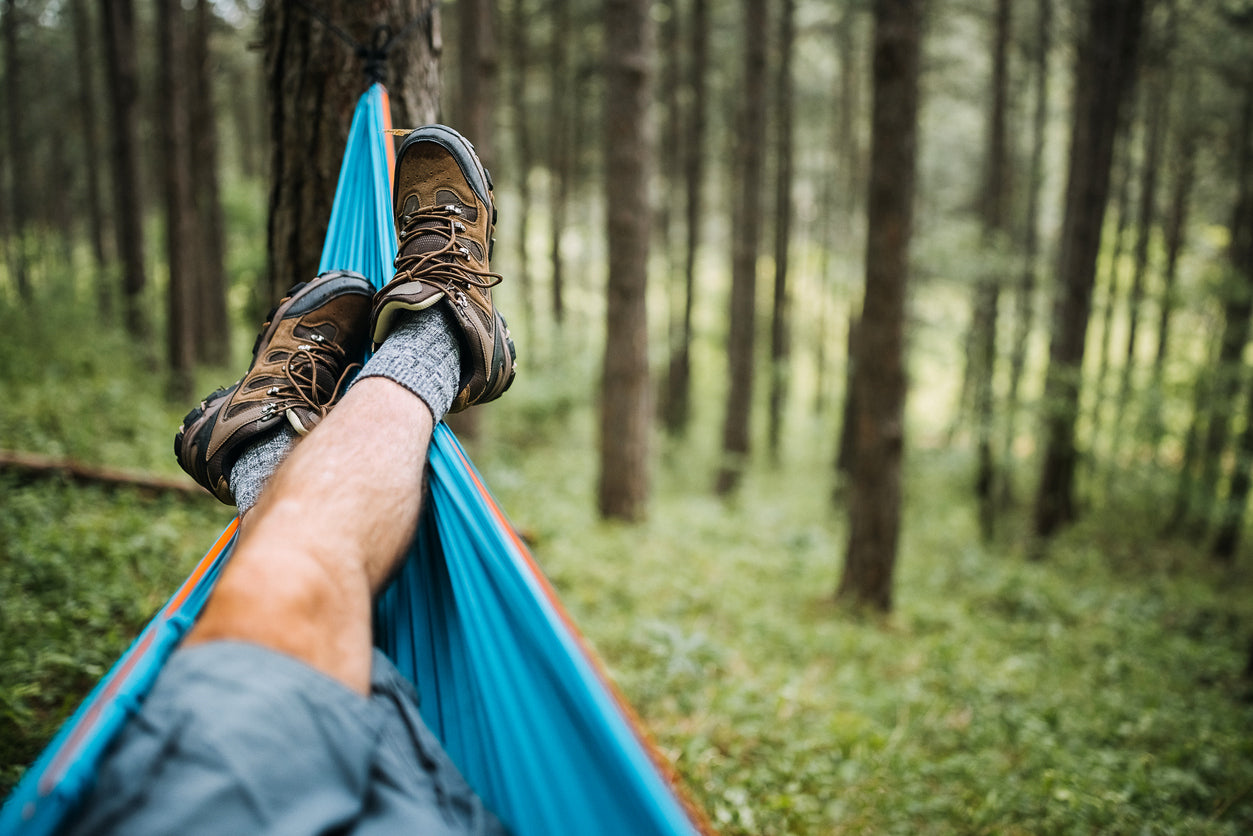
How to Hammock Camp
It’s time to swap your tent for a hammock. After all, what’s not to love? Lightweight, portable, and comfortable, hammocks offer a practical and easy way to transport shelter during your outdoor expeditions.
Let’s explore how to hammock camp. Even more specifically, we’ll discuss what hammock camping entails, tips on quality hammock gear, and setting up the perfect outdoor abode.
What Is Hammock Camping?
Hammock camping involves using a hammock as shelter instead of your usual tent.
Hammocks are adored by many for their lightweight and transportable features. Not to mention, outdoor enthusiasts can enjoy a higher vantage point since they avoid the discomfort of sleeping on rocky ground.
All you need are a couple of sturdy trees and the help of a few additional accessories to comfortably sleep outdoors during your next camping, backpacking, or biking trip.
What Do You Need for Hammock Camping?
For the best hammock camping experience, put these five gear items on your list.
1. Hammock
Not all hammocks are created equal. There are three key factors to consider when choosing a camping hammock:
- Weight: If you’re planning on taking your hammock on backpacking trips, you want to find one that is lightweight. That way, you can keep your pack light on the trails.
- Durability: If you’re driving to your campsite, you might want to look for a hammock that is durable rather than focusing on getting something that is super lightweight.
- Size: You have the option of a single or double size. Most people will opt for a double if sharing the hammock with a buddy or want more wiggle room during the night. Be sure to check the weight capacity of a hammock before making your purchase.
Check out this collection of high-quality hammocks.
2. Suspension Straps
Suspension or trunk straps hang your hammock above the ground. These straps should be at least 0.75 inches wide. Anything thinner may dig into the bark and harm the trees.
Be sure to look at the strength rating or weight capacity of the straps to ensure you’re buying the right ones for the combined weight of yourself and your outdoor buddy.
3. Sleeping Pad (Optional)
Though not required, a hammock sleeping pad is a game-changer for comfortable nights. Sleeping pads can provide your back with the support it needs to keep you well-rested throughout the night. Better yet, the pads shield you from cold air and drafts.
Gear.com’s insulated Hammock V packs small, weighs only 35 oz., and comes with an ergonomic shape. This makes it a perfect practical accessory for backpacking trips when you want to stay light and comfy.
1. Rain Fly/Tarp (Optional)
If you want to stay high and dry, then you need a rain fly. A rain fly stays above the hammock with the help of guylines. There are various sizes of tarps available. Bigger ones can help shield you from windy weather that may come your way.
2. Bug Netting (Optional)
A 360-degree bug netting helps you avoid those pesky mosquitoes and gnats that can throw a wrench in your outdoor trip. Be sure to find one that:
- Completely cocoons your hammock
- Has a no-see-um netting, so even the tiniest bugs can’t get through
- Features a zipper and snap to make getting in and out easy
How to Set Up a Hammock for Camping: Your 5-Step Checklist
Setting up a hammock for camping involves five steps:
1. Find the Right Spot
Make sure to follow the leave-no-trace-behind principles, such as camping away from a water source and vegetation. Also, make sure the area underneath your hammock is soft and doesn’t have any rocks or logs. In case you fall, you want to land on a soft spot.
2. Select the Right Trees
In other words, look for trees that are:
- Thick and robust (at least six inches in diameter)
- Ideally 12 feet apart
- Not too tall (in the event of lightning in the forecast)
- Do not have widowmaker branches that may fall during windy weather
- Free of wildlife (e.g., animal nests)
If there aren’t enough trees or the right ones from which to hang your hammock, you can always use your vehicle or a convertible stand.
3. Create a 30-Degree Strap Angle
When attaching your straps to the trees, aim for a 30-degree angle from the ground. That way, you’re giving yourself just the right amount of sag for your body to nestle comfortably.
Make sure your hammock does not sag below 18 inches off the ground.
4. Rain Fly
Setting up your rain fly involves:
- Tying your ridgeline above your hammock, around the tree. Your rain fly will sit over the ridgeline to prevent the cover from sagging.
- Staking down all of your guylines. How many of these features you should use depends on your rain fly model (rectangular, hexagonal, diamond, etc.).
- Tightening the guylines. This gives your rain fly a nice, firm coverage.
5. Bug Shelter
You can generally attach your bug shelter or a mosquito net to your hammock by either:
- Tying the shelter’s cords around the trees above your hammock
- Tying your shelter’s ridgeline webbing ends to the hammock’s carabiners
The net should come with zippers to help you easily go in and out of the bug shelter.
How to Sleep Comfortably in a Hammock
Here are some handy tips on how to camp comfortably in a hammock:
1. Sleep at an Angle
Sleeping at a slightly diagonal angle (about a 30-degree angle from the center) on your hammock helps you:
- Avoid bending your back too much
- Sleep comfortably
- Avoid any back pain
2. Take Extra Blankets or a Warmer Sleeping Bag
Keep in mind that sleeping in a hammock will feel colder than sleeping in a tent. So take a few extra blankets or a warmer sleeping bag to stay comfortable.
3. Opt for a Larger Hammock
If you’re a side sleeper or move around a lot in your sleep, you may be better off with a two-person/double hammock. This gives you more space to comfortably sleep how you wish. Don’t forget to pack a sleeping pad to give yourself a nice firm structure to side sleep on.




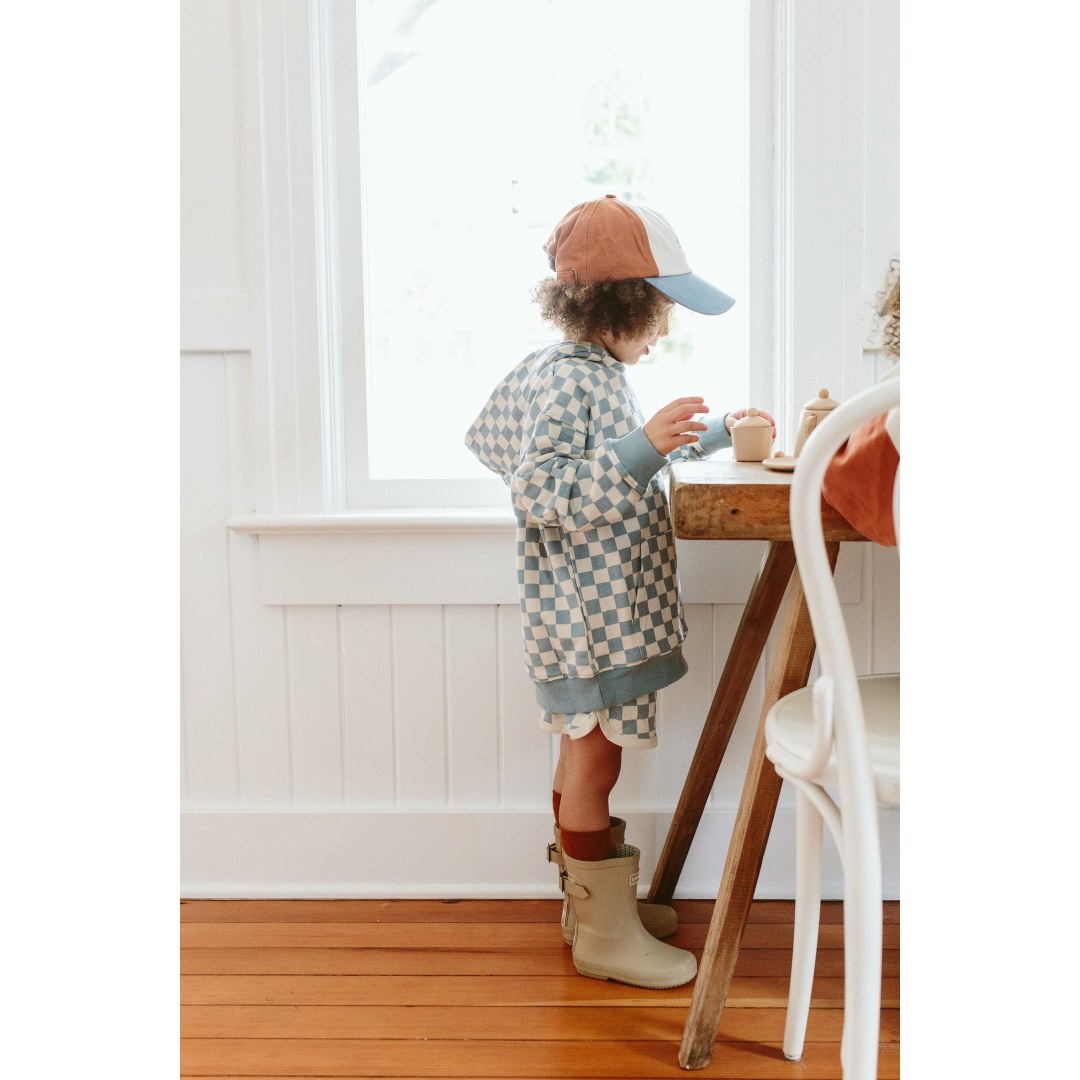
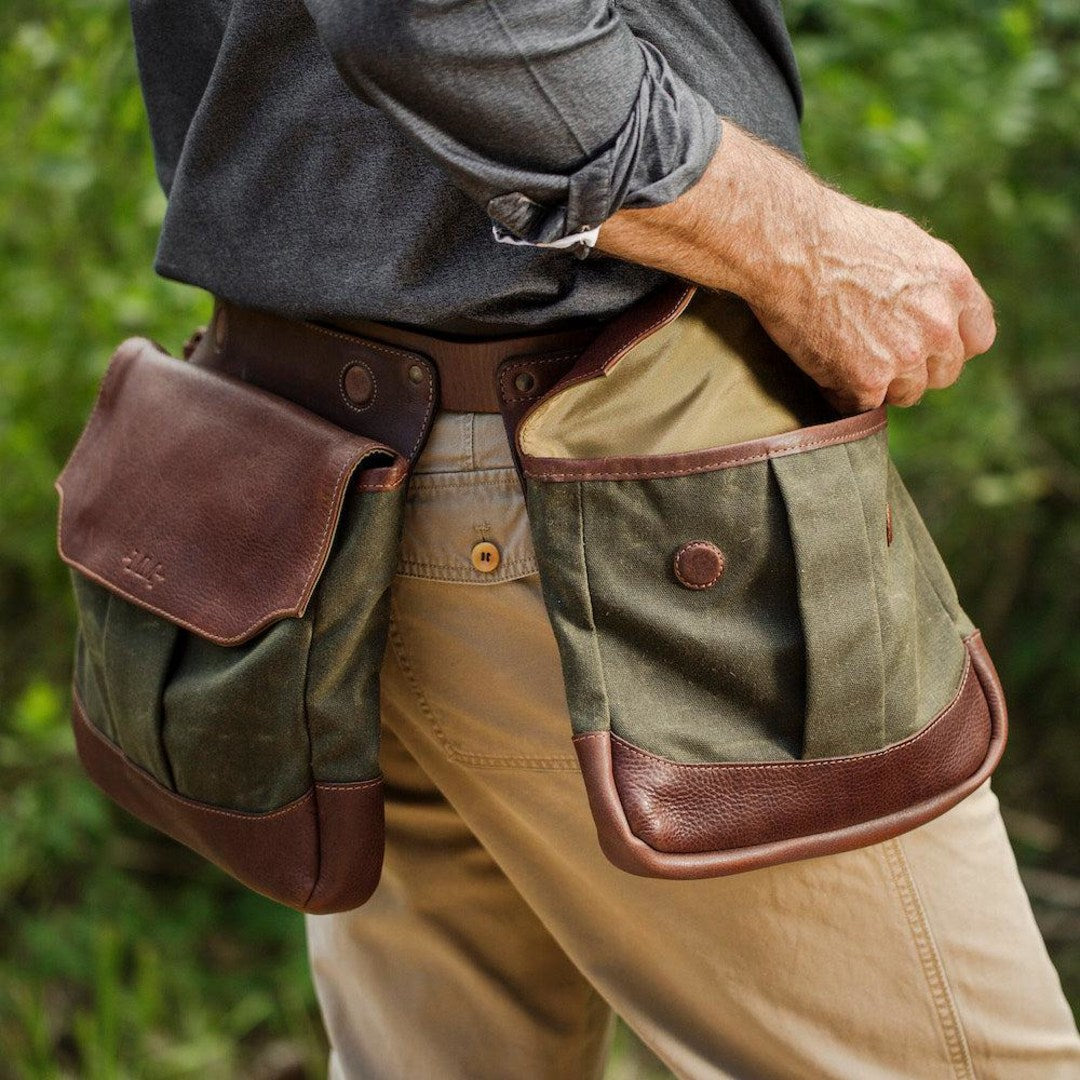
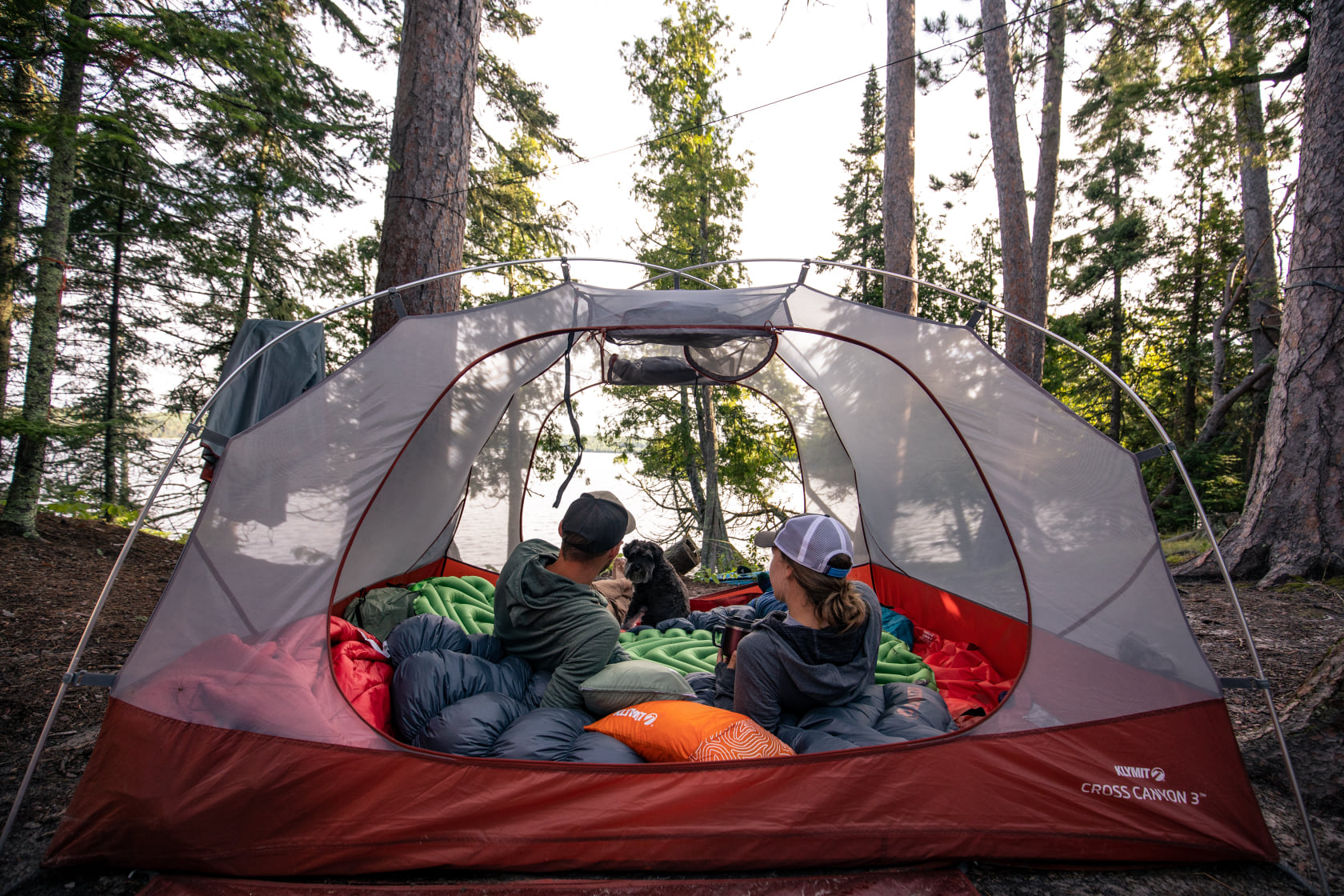

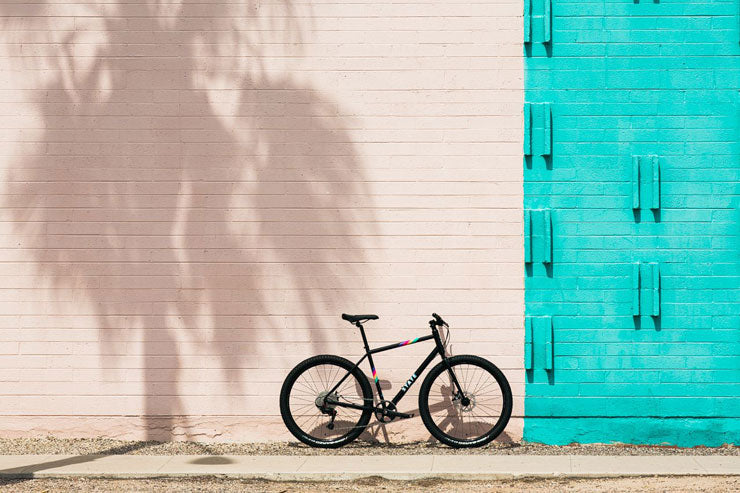


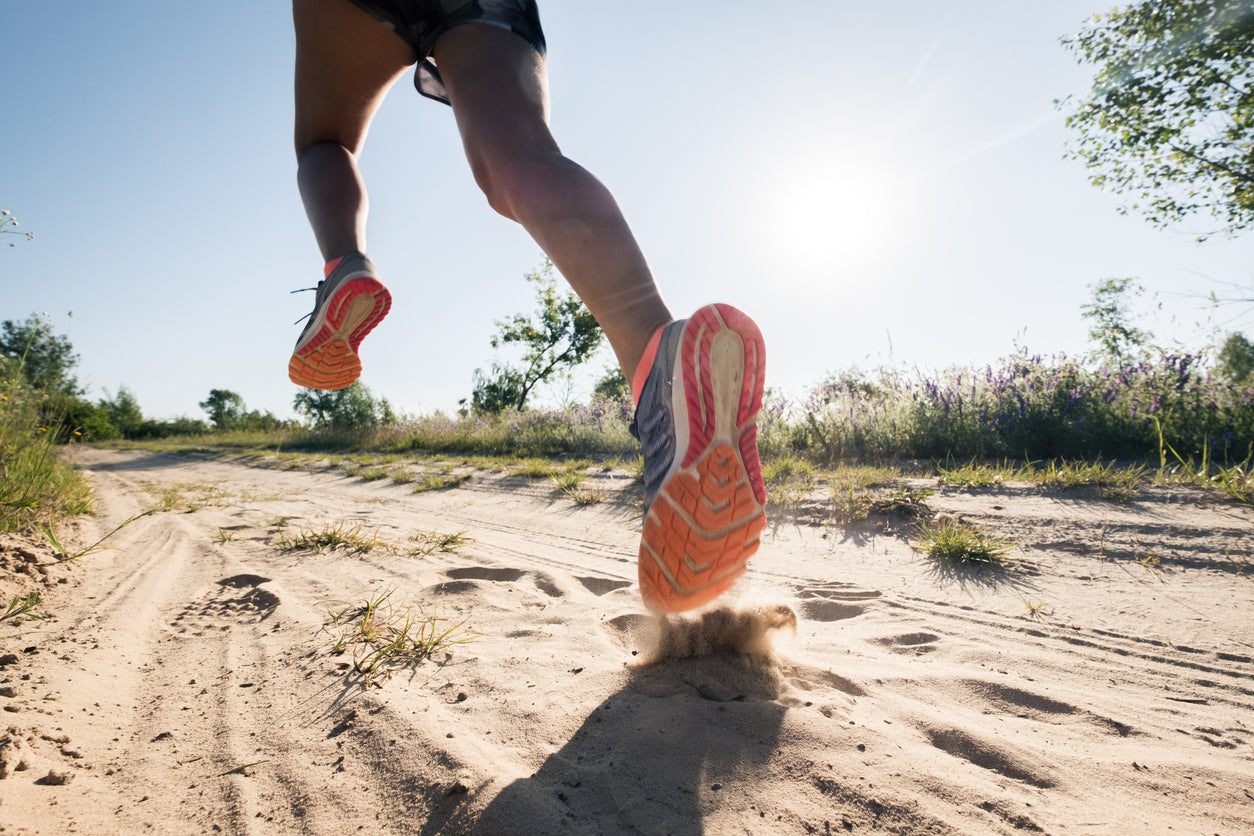

Leave a comment
This site is protected by hCaptcha and the hCaptcha Privacy Policy and Terms of Service apply.